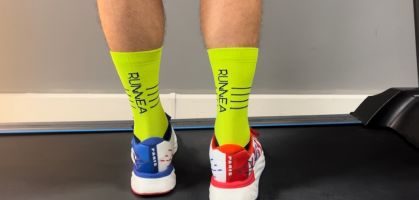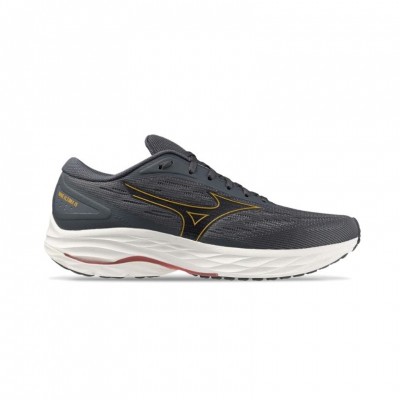running has multiple health benefits, as it reduces the risk of cardiovascular disease, improves the cardiorespiratory system and promotes weight loss, among many others. However, as it is a high impact activity, it can negatively affect our muscles and joints. A weakened pelvic floor is a common disorder among popular runners, mainly women, and can lead to sexual dysfunction, vaginal dryness or urinary incontinence. But how does running affect the pelvic floor?

We turn to the expert advice of Mireia Peláez, PhD in Physical Activity and Sport Sciences, who will give us some keys to prevent and treat the alteration in the pelvic floor. It is an area that accumulates a lot of tension, but how do I know if I have a weakened pelvic floor? what are the consequences of a weakened pelvic floor? how can I strengthen it? All the answers and much more to follow!
How does running affect our pelvic floor?

Running, like other high impact activities (those that include jumping) can cause microtrauma to the pelvic floor musculature. This does not mean that you should not run, since it has many benefits in terms of bone, cardiovascular, etc., but we must consider that this activity is a risk factor for developing pelvic floor dysfunction.
What are the consequences of a weak pelvic floor?
A weakened pelvic floor can manifest three conditions that sometimes combine: sexual dysfunction, such as vaginal dryness, discomfort during intercourse or anorgasmia in women and ejaculatory dysfunction in men.
Urinary incontinence can be found in up to 80% of elite or very active female athletes.
Urinary or fecal incontinence. Urinary incontinence can be found in up to 80% of elite or very active female athletes. It is a very high percentage and we have gone from considering it a taboo and not talking about it to normalizing a pathological situation. That is why it is necessary to alert women that it is not normal to have urinary incontinence and that they should go to the appropriate professional, a physiotherapist specializing in pelvic floor, to treat their condition and thus prevent more serious problems.

Finally, another consequence of pelvic floor disorders is prolapse, which is the descent of organs that may appear through the vagina. In this case, the bladder, the uterus, the walls of the vagina or the rectum can prolapse.
How do I know if I have a weak pelvic floor?
Many women realize that they have a weak pelvic floor because they feel urine leakage when laughing, jumping or straining, such as during sit-ups. Others notice some pressure on the vulva and others notice problems related to sexuality. Although not all signs are related to the urinary or genital, sometimes a poor stability in the trunk or core is caused by a lack of balance in the pelvic floor tone, producing back pain, alterations in the movement of the legs, etc..

It is important to note that not all pelvic floor problems come from its weakness, it is also an area that accumulates a lot of tension.
How to strengthen the pelvic floor?
There are different techniques to strengthen the pelvic floor. There are passive techniques such as electrostimulation and active techniques such as kegel exercises, hypopressive exercises or postural exercises. You can also use material such as Chinese balls, vaginal cones or other gadgets that are inserted into the vagina and through a mobile application record the training.
- Depending on the needs of the person, one technique or a combination of several is recommended, but this should be done individually by a specialized physiotherapist.
- In addition, the relationship of the pelvic floor with other structures such as the thoracic diaphragm or the transversus abdominis mean that its weakness or excessive tension should be treated in a joint and integrated manner.
Is it more common in women who have already given birth?

It is true that pregnancy and childbirth are two recognized risks for the appearance of pelvic floor disorders, but even women who have not given birth and who are very active can present disorders. Other risk factors besides sport and pregnancy are overweight, smoking, respiratory diseases and constipation.
In short, it is very important for any woman who practices sport on a regular basis, especially if it includes high impact such as running, to have a pelvic floor check-up to include in her training routine the necessary techniques to be able to continue running for many years and in good health.
- You may be interested in: When can I start running after giving birth?
Pelvic floor disorders: prevention and treatment
running is a high-impact sport and although it is true that it can be a risk factor for developing pelvic floor dysfunction, it has many benefits. Preventing pelvic floor disorders through different strengthening techniques will be key to continue enjoying our favorite sport.
As our expert Mireia Peláez points out, it is important to note that not all pelvic floor problems come from its weakness, it is also an area that accumulates a lot of tension. Therefore, a regular pelvic floor check-up is vital to prevent possible complications and risks. And you, do you take care of your pelvic floor health?
Read more news about: Running Training






















